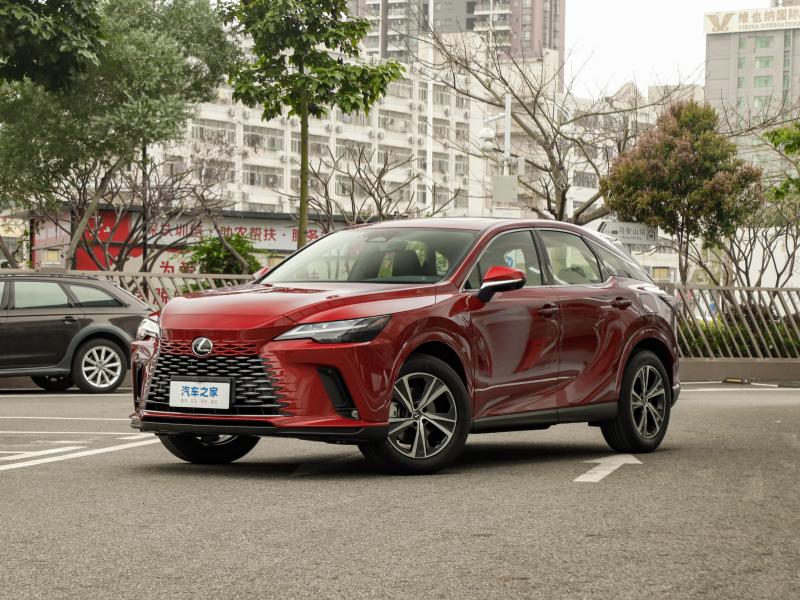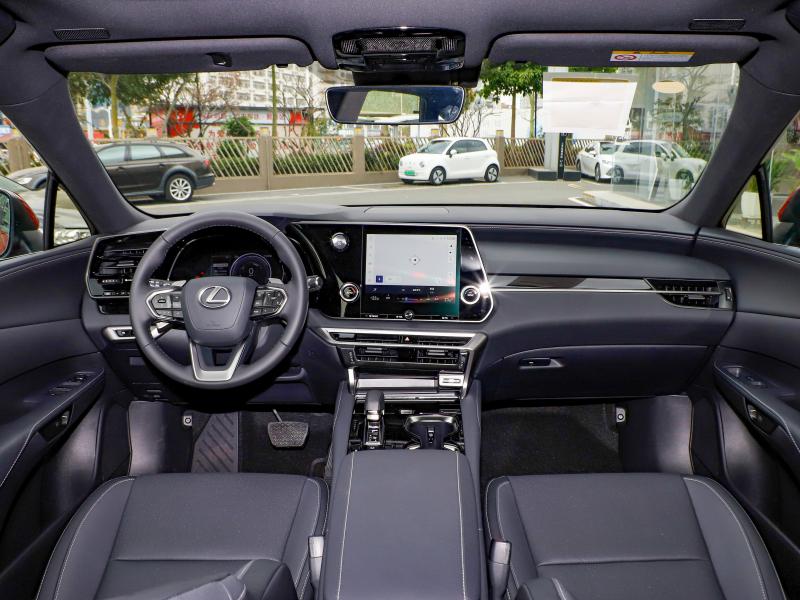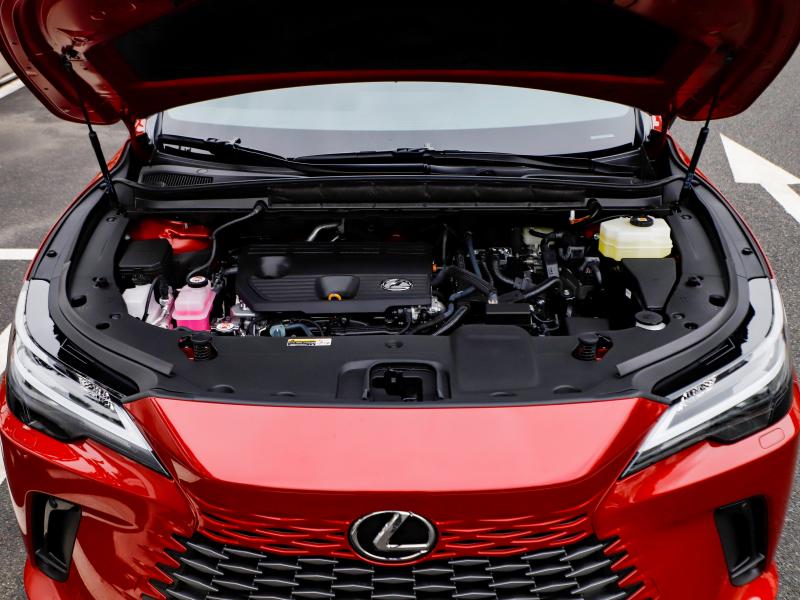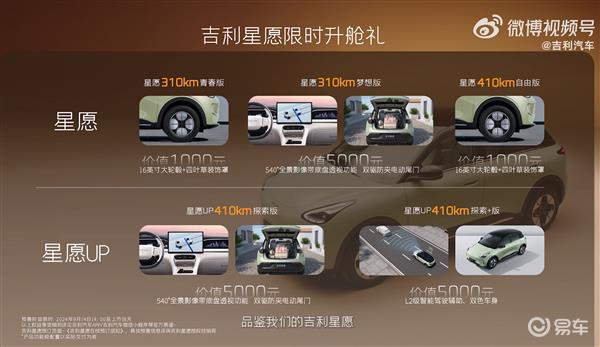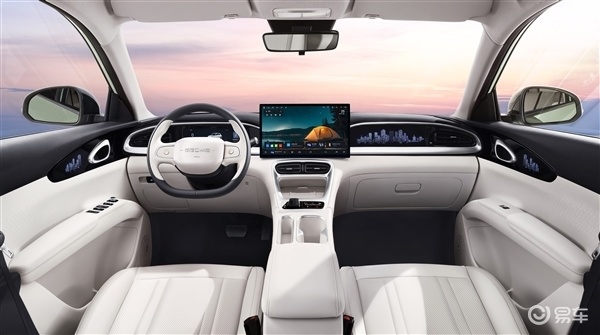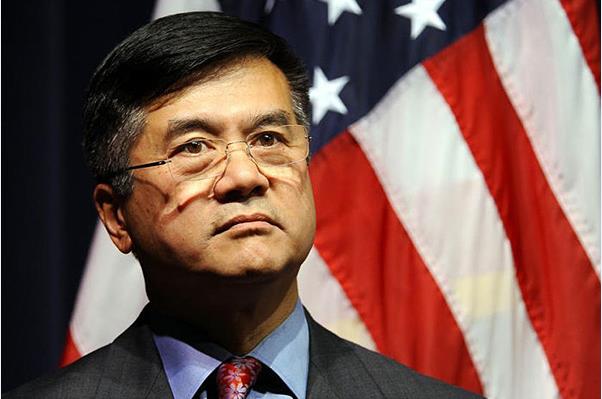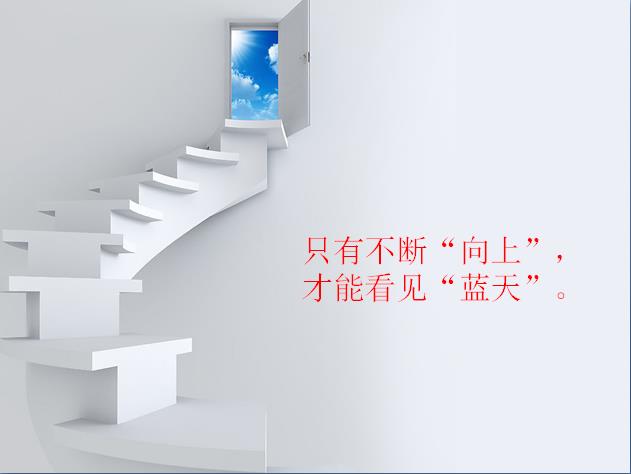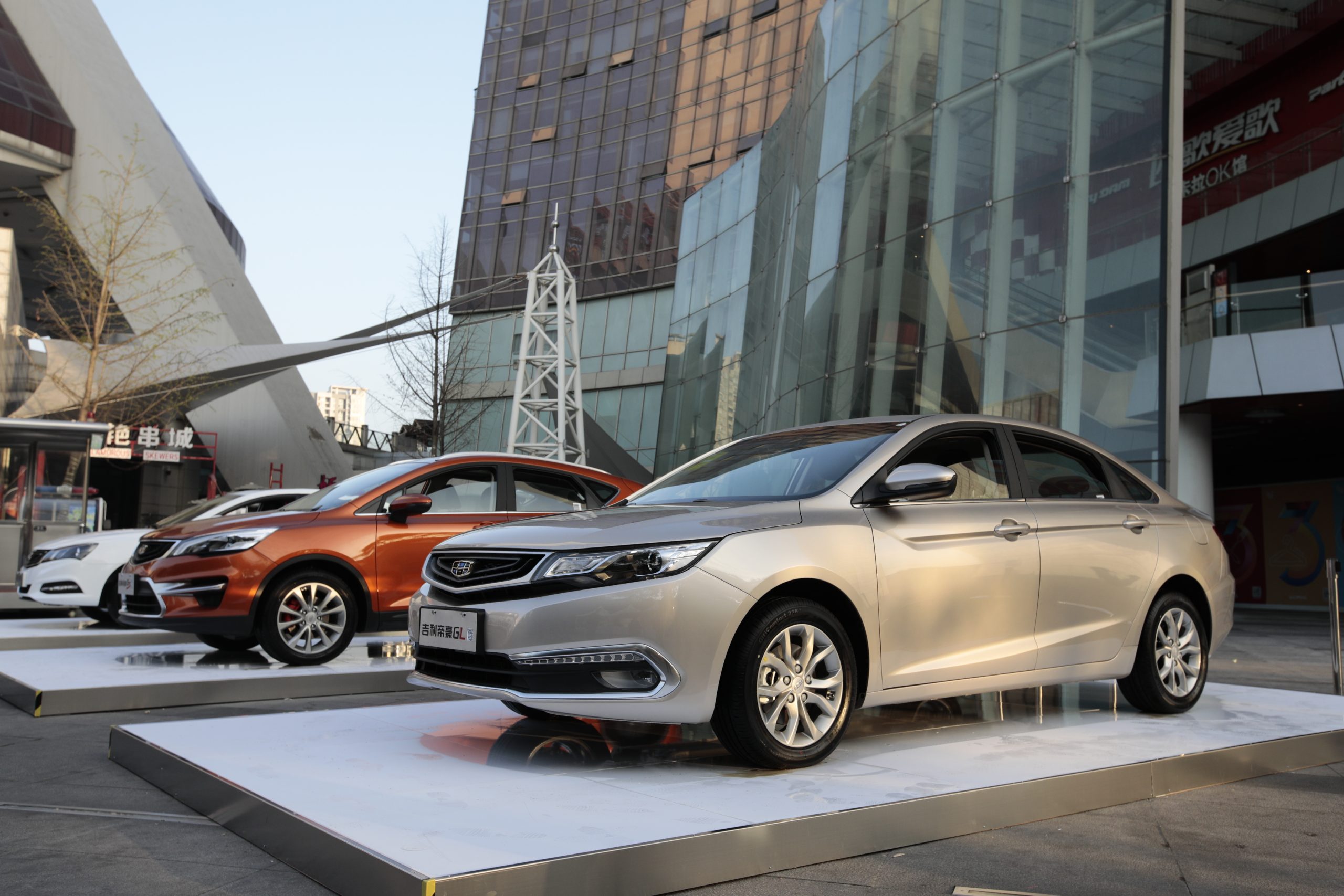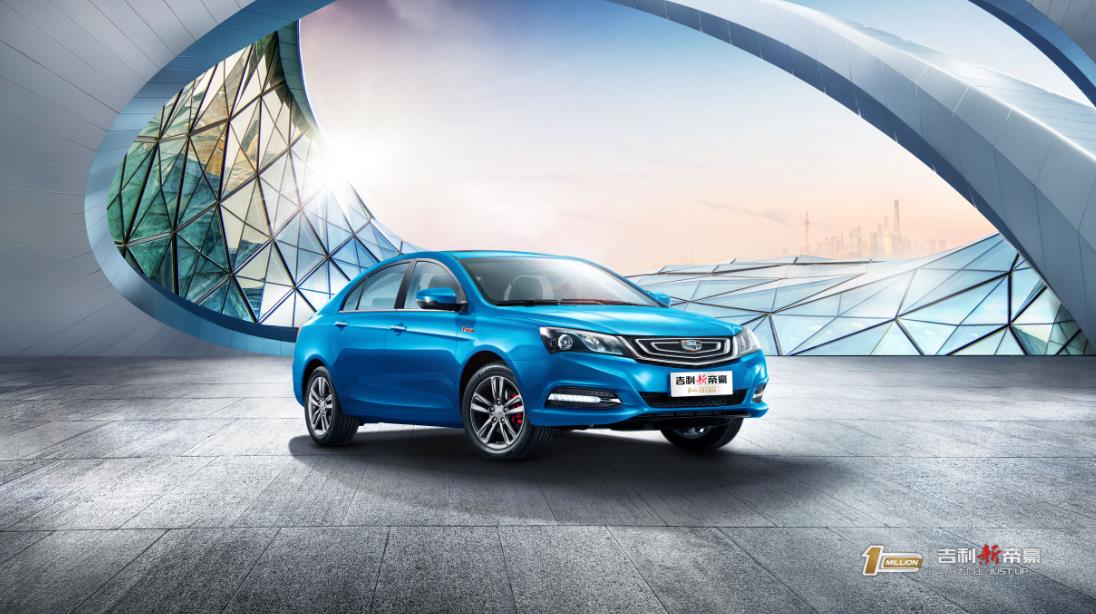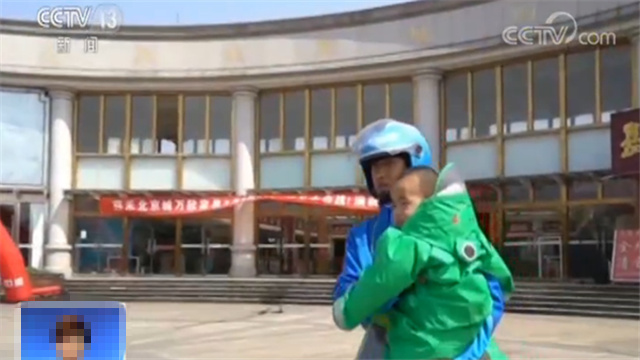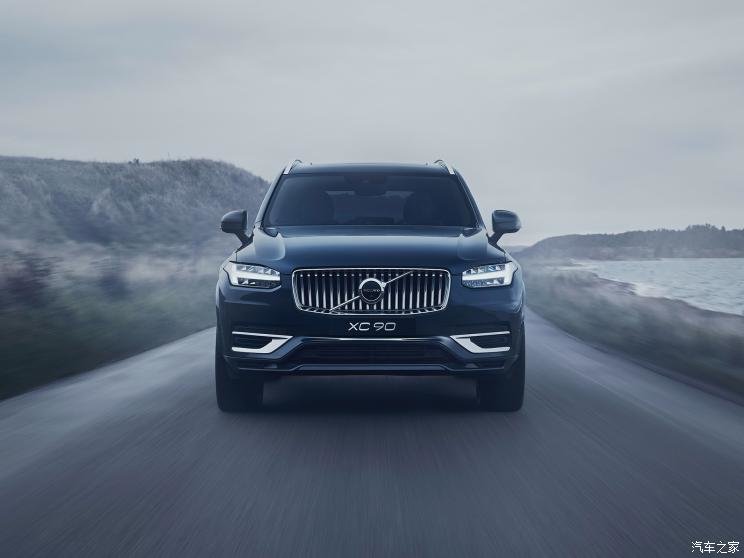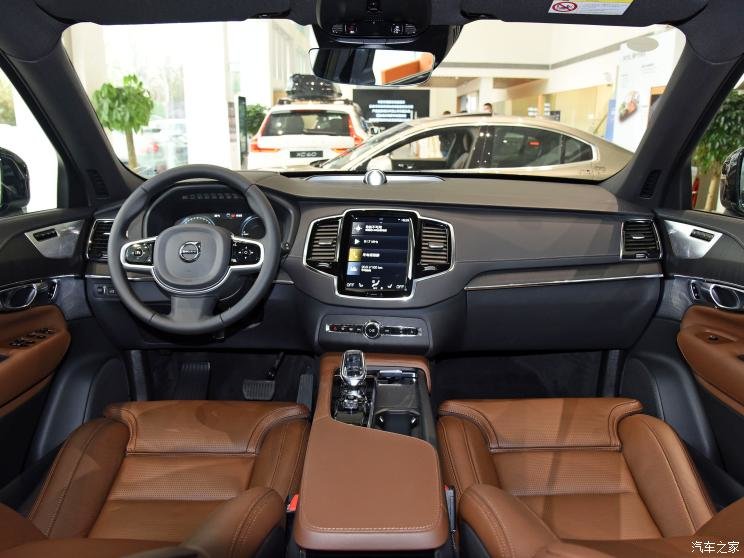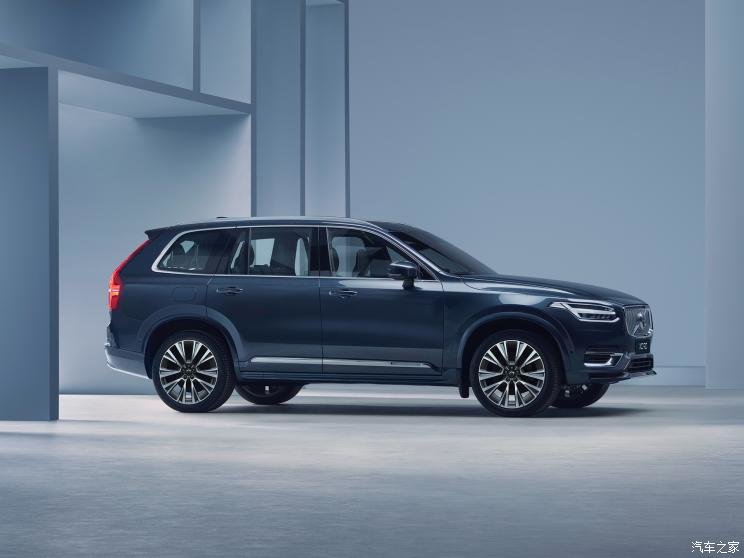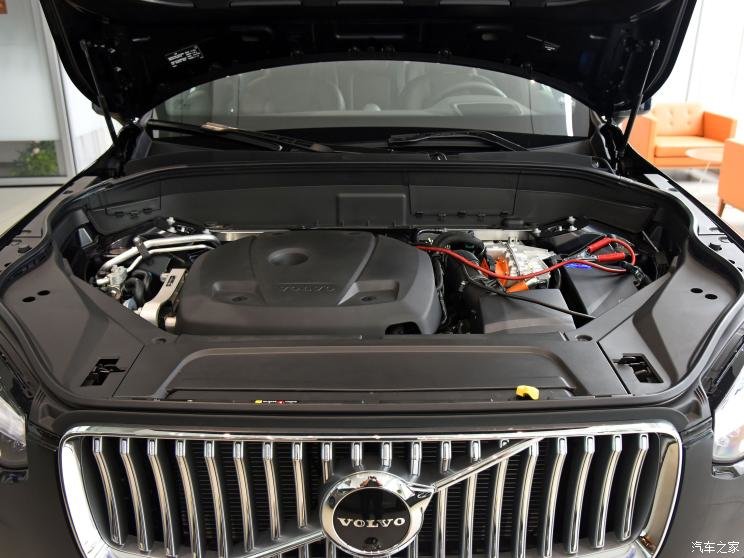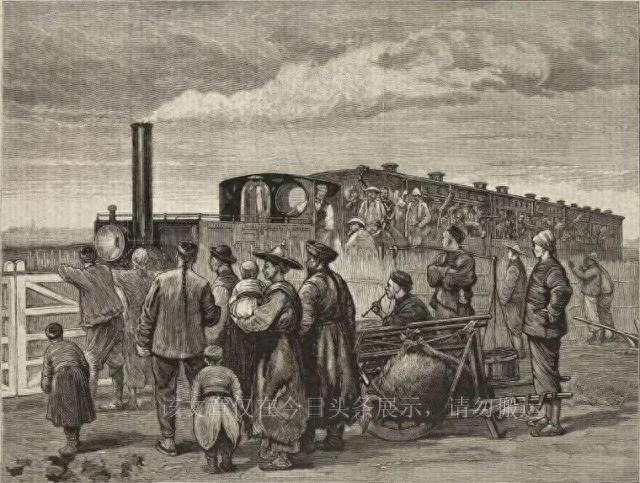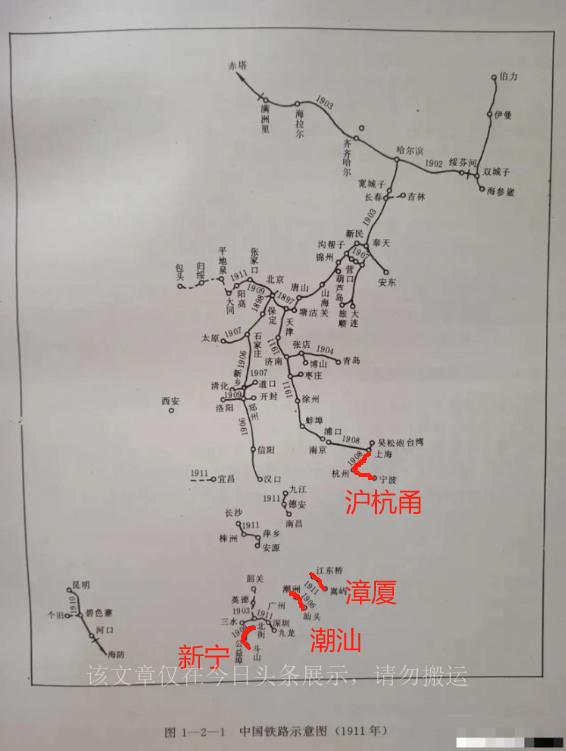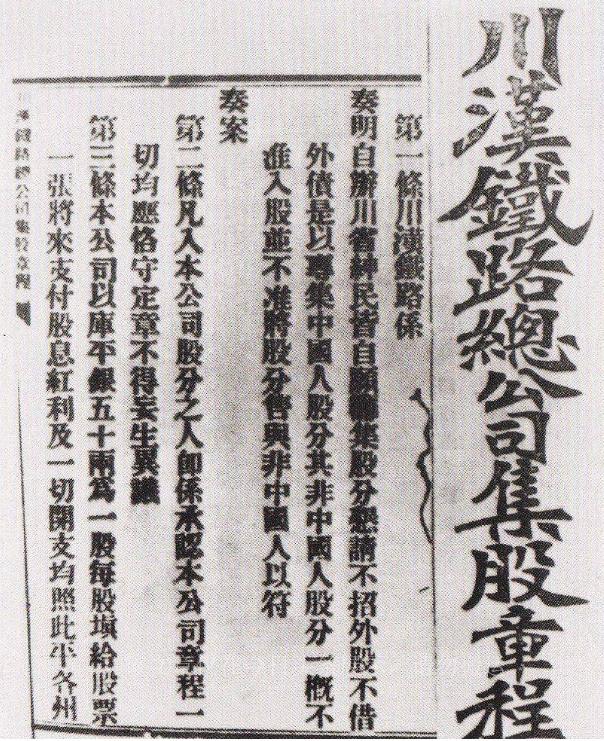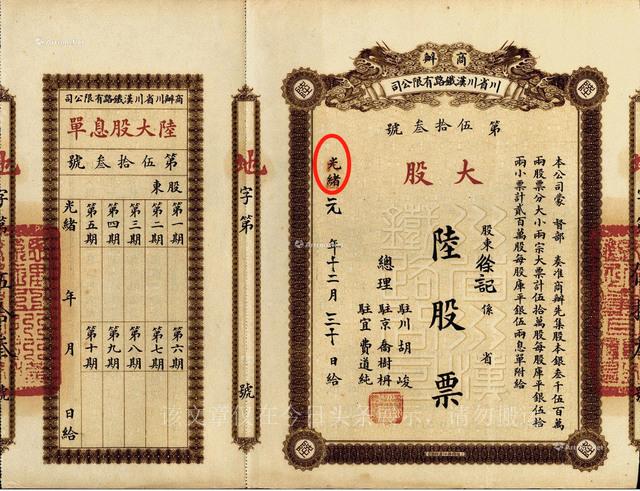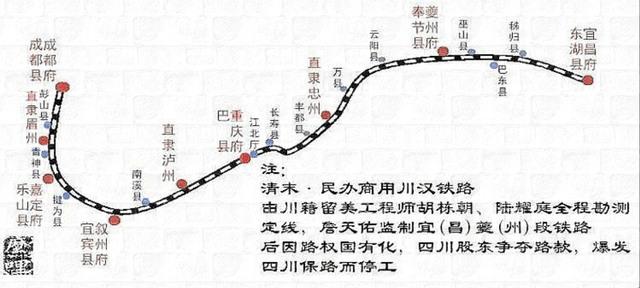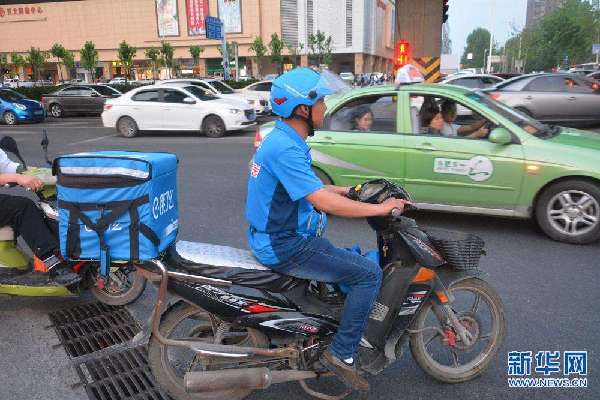
Zhu Lili and Zhang Dachuan, Xinhua News Agency’s "China Network" reporter
Recently, a data on food delivery shows that in the first half of 2017, there were 76 casualties in the food delivery industry in Shanghai, with an average of 2.5 days and about 1 food delivery worker was injured, of which "Ele.me" and "Meituan" each accounted for 26% of the traffic casualties. After the news was reported by the media, it triggered a heated online discussion on the safety of food delivery riders. Many people said that through the data of Shanghai, it can be seen that the "speed" and "passion" of the food delivery industry hide huge safety hazards.
The fast-growing "Internet + Catering" has spawned and expanded the takeaway food delivery industry, making it convenient for many citizens to eat daily. Why are there so many traffic accidents in takeaway food delivery? Who exactly pressed the "acceleration button" on the time chain of takeaway riders delivering food? A reporter from "China Network News" started an interview on this.
Accidents occur frequently on the road to takeaway delivery
Every lunch and dinner hour, food delivery riders can be seen everywhere in catering merchants, streets, office buildings, etc. They are either riding motorcycles or driving electric bicycles, and the square incubator with the logo printed on the back of the car holds the customer’s meal. From the time the site system dispatches the order, the riders start the process of receiving the order, waiting, picking up the meal, and delivering the meal. Only when it is delivered to the customer who placed the order on time can they complete the order task. Riders have thus become "people who race against time" in the eyes of many people.
Since the beginning of this year, many cities in China have frequently suffered traffic accidents related to food delivery, and reporters have sorted out many typical cases from relevant media reports. In early January, a "Ele.me" food delivery worker riding an electric vehicle died after a collision with a motor vehicle near Qilian Mountain South Road, Tongpu Road, Shanghai; on the evening of April 11, a rider wearing a "Dada" overalls collided with a truck transporting garbage on Ji’an Road, Fuxing Middle Road, Shanghai.
The continuous high incidence of traffic accidents reflects the hardships of the work of the delivery riders group, but the delivery riders occupy the road, go retrograde, and run red lights in a "hurry" and other traffic chaos, which brings inconvenience to the travel of many citizens. The citizens call "unsafe" but also express "very helpless". In early August, at the intersection of Chengdong New District in Yuyao, a delivery rider riding an electric car caused a traffic accident by running a red light and hitting a Rolls-Royce driving normally. The Rolls-Royce reflector was knocked off, the door was dented, and the delivery rider was injured and sent to the hospital. After the incident, the owner did not hold the rider accountable for the accident, but only expressed the hope that the riders could learn their lessons and drive in a civilized manner.
Zhang Weiqiang, a resident of Dongge Road in Nanning City, Guangxi Province, said, "It is common for food delivery guys on the street to save time and not walk on the road. They ride motorcycles on the sidewalk and scratch pedestrians from time to time." Now the food delivery platforms are desperately earning money, and there is a lack of relevant measures to ensure the traffic safety of riders. The bitter fruit of vicious competition is borne by workers and customers.
Why do riders "race against the clock"
The frequent occurrence of traffic accidents in the "every minute counts" food delivery industry has triggered discussions about the safety of food delivery personnel and traffic violations. Why can’t the delivery riders "run all the way" slow down? The reporter interviewed the delivery riders and related industry insiders.
Feng Lili, a food delivery worker, has been working in Beijing for more than a month and is responsible for delivering orders within a 3km radius near Xidan. He told reporters that the daily meal delivery is a "order surge" time period, and orders between 11 am and 1 am are particularly intensive. "Old employees have to deliver almost 30 or 40 orders in a day. I am still a newcomer, about 12 or 13 orders." Feng Lili said that after graduating from junior high school, he worked in Beijing for four years. Although food delivery was tiring in the high temperature in summer, his income was much higher. "When the delivery time is longer and I am more familiar with the surrounding area, the daily delivery volume should be able to increase."
During the conversation, Feng Lili’s words are always "the number of orders delivered", using his words "more work and more money". "This is the attractive part of the takeaway food delivery industry". The salary of the takeaway food delivery staff consists of a guaranteed basic salary and a commission for the delivery of the bill. Feng Lili said that full-time order delivery employees like him in the company have a guaranteed income of 3,000 yuan, and they can get 6 yuan for every order delivered on time, no complaints and no bad reviews. While part-time employees can get 8.5 yuan for completing an order according to the regulations because they have no guaranteed income.
"The premise is that it has to be delivered on time, and we also need to ensure that customers do not complain and have no bad reviews." Wang Long, the food delivery staff, said that most customers can understand and forgive him for being late during the delivery process due to reasons such as delivery by merchants and poor traffic, but some customers are "unwilling to wait for more than a minute". "Once, the food was delivered to a community on Changchun Street. After arriving downstairs, he ordered’early delivery ‘before the timeout calculation started. The customer rejected the meal before waiting for his own explanation, and also complained."
The reporter checked Meituan takeaway, Ele.me and other ordering APPs and found that the personal page of the takeaway rider was marked with the total mileage of the delivery, the on-time rate and the average delivery time, and also showed the on-time delivery, the goods were well preserved, the rider’s service was good, the delivery was fast, and the delivery was slow.
"’Fast delivery’ is like a curse, but there are too many uncertain factors in the process from receiving orders to delivery, which may lead to overtime delivery." Wang Long said that there are more than one case of overtime delivery, mainly due to slow delivery by merchants during meal times and traffic congestion during rush hour. "Sometimes it takes a long time to take the meal from the merchant, and then catch up with the congested road. You can only grab time by going a short way retrograde or taking sidewalks, shortcuts, etc."
Industry insiders told reporters that each takeaway platform has a strict reward and punishment system for food delivery employees. Some companies stipulate that praise can be rewarded with additional rewards, and overtime delivery deduction is a more common means of restraint. "The system stipulates the delivery time after the customer places an order. Our company’s regulations are that overtime within 8 minutes to 30 minutes is considered ordinary overtime, and no money is deducted, but more than 30 minutes is serious overtime, and each order must be deducted 2 yuan." Wang Long said that since entering the industry, he has heard many times that colleagues have hit motor vehicles or pedestrians due to running red lights, driving too fast, etc. A few days ago, a colleague was in a car accident and was hospitalized.
It is recommended to do both inside and outside to make the rider "slow down"
Recently, the Shanghai traffic police department interviewed 8 food delivery companies including Ele.me, Meituan, Baidu, and Dada, and revealed strict management norms, requiring each company to strengthen the management of Security Training, vehicle specifications, and rider identification systems. Among them, the relevant enterprises should establish a rider traffic civilization score system, which has received a lot of praise. The severity and harm of rider traffic violations will be set corresponding score values, which serve as an important basis for traffic police road management and internal management assessment of enterprises.
Huang Caijie, deputy captain of the traffic police detachment of the Xining Public Security Bureau in Qinghai, told reporters that in order to slow down the delivery of electric vehicles, the traffic police department has increased the punishment and innovated the punishment method. The delivery brother rode in the opposite direction and interspersed on the sidewalk at will, violating traffic laws and regulations, but faced with the problem of fines, the traffic police department implemented a financial denomination fine, and immediately punished 50 yuan for one violation. If you are unwilling to accept the cash penalty, you can choose to participate in more than half an hour of traffic safety learning practice and assist the traffic police on duty at the intersection. "After finding that the delivery driver’s electric vehicle violated the regulations, let him correct and stop it. The effect of mutual education is very good."
Treating the symptoms still requires addressing the root cause, and many people believe that "slowing down" the delivery riders also requires internal governance measures.
Qin Hongyu, a professor at the School of Journalism and Media at Southwest University, said that the root cause of the delivery brother’s electric car "running all the way" is the unreasonable payment method of this position, which is more of a single piece-rate salary. Only by changing the work treatment and payment method of the delivery brother, including them in the social security system, and giving them more basic security can the delivery staff’s car be slowed down.
"Riders should enhance their awareness of safety and the protection of their own rights and interests, which is not only related to the safety of the riders, but also related to the safety of other people’s lives and the healthy development of the city." A Beijing office worker who often orders takeout, Pu Xiao, suggested that customers should listen and understand more, and reply with thanks when they receive takeout meals. "Customers can also consider placing an order in advance to’cool down ‘the meal that is easy to’order surge’."
